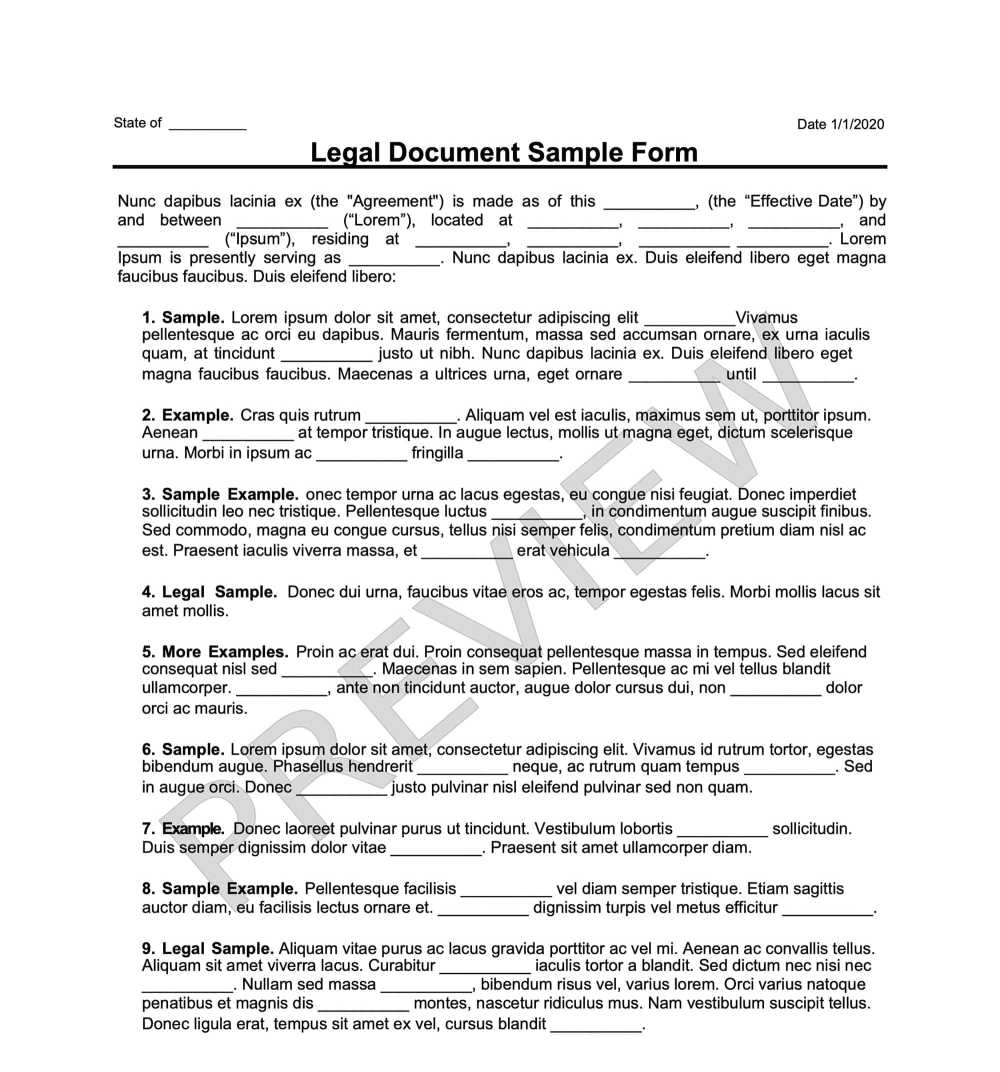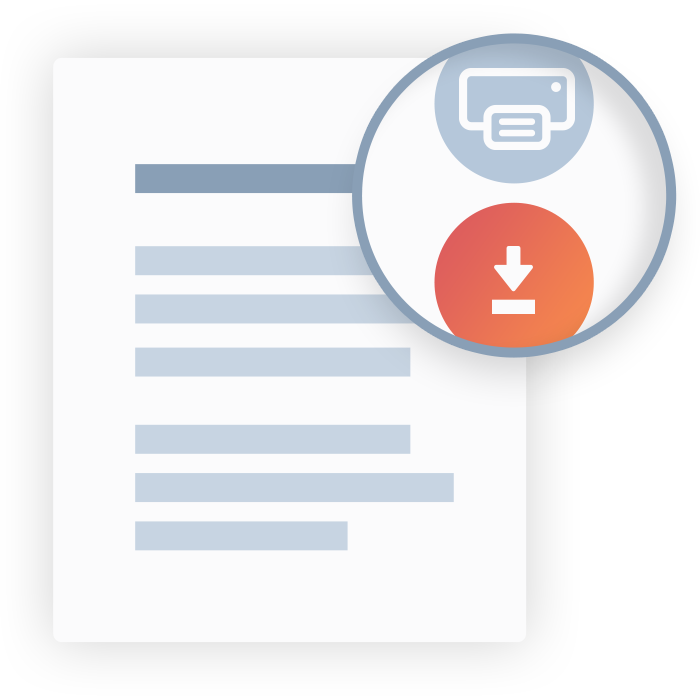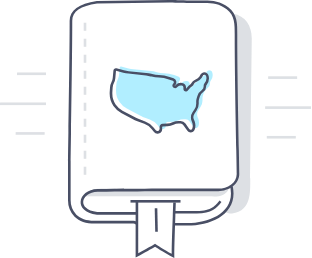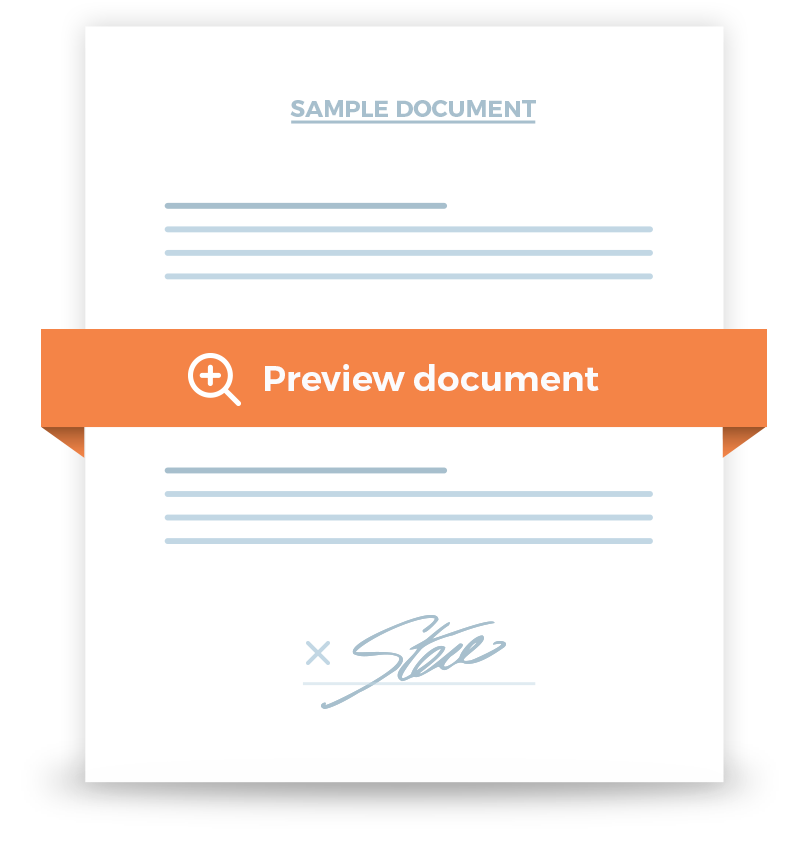Residential Lease Agreement
A Residential Lease Agreement is a legally-binding document that formalizes a landlord-tenant relationship and outlines specifics related to the property being leased. Using a Residential Lease Agreement when leasing property is standard practice as it helps protect both tenant and landlord rights.


Frequently Asked Questions
Generally, a lease agreement does not need to be notarized. Both the tenant(s) and landlord only need to sign the document to make it legally enforceable. However, the use of a notary ensures that no one challenges any signatures later and is a secure way to firmly establish the effectiveness of your document.
A fixed-term lease states the duration of the tenancy. Upon expiration, the tenant has to renew the lease to stay in the premises. On the other hand, a month-to-month tenancy automatically renews at the end of each month until either the tenant or landlord decides to terminate the lease.
Under normal circumstances, landlords must give notice to tenants before entering a rental property. Exceptions to this are emergencies, such as a fire or a gas leak.
If the landlord gives written notice in accordance with local law and has a valid cause, the tenant cannot refuse them entry to the premises.
A fixed-term lease specifies when the tenancy will end. In other words, the date when the lease expires is set in the agreement. Once that date comes, the lease automatically ends and neither party has to give notice to the other about the termination of the lease. This type of lease usually doesn't allow the landlord to change the terms during the fixed period.
A periodic lease with automatic renewal terminates at the end of every period and renews automatically. Unless either party chooses to terminate the lease, it will continue to renew after every period ends.
Most Residential Lease Agreements are structured to allow only people listed as occupants to reside at the property. Children born to occupants are automatically added to the lease. However, landlords must be informed of any additional residents and need to approve the change to the agreement's list of occupants.
The basic difference between these two terms lies in the time period of the agreement. Rental agreements typically encompass 30 days or less of property use. Residential leases, on the other hand, usually last between six and 24 months. An annual lease is the standard practice.
Generally speaking, this is not a good idea. Renting to yourself creates what's known as phantom losses and phantom income. From a tax standpoint, this sets you up for major problems in the future and the situations in which it could benefit you are highly circumspect.




